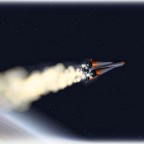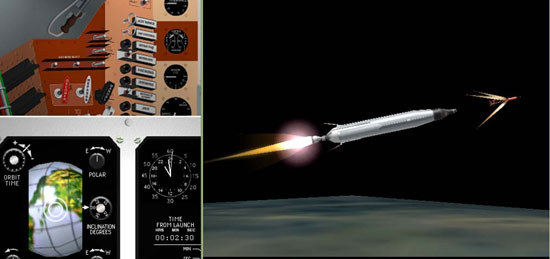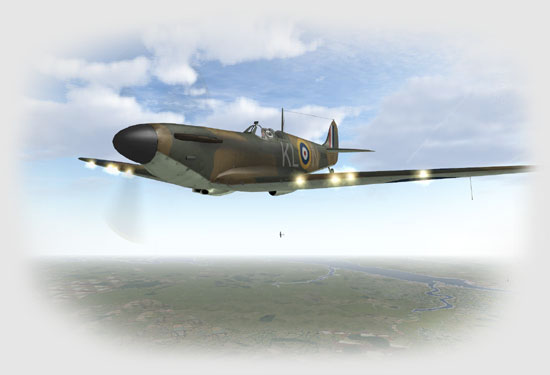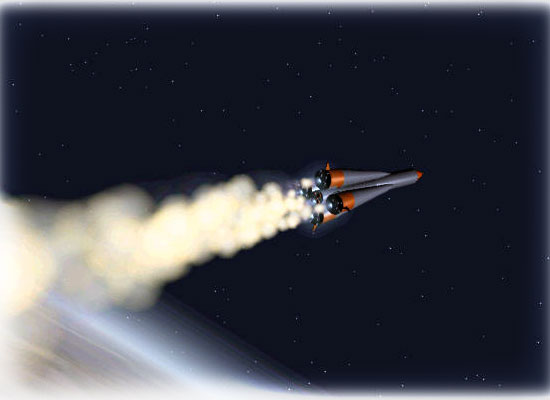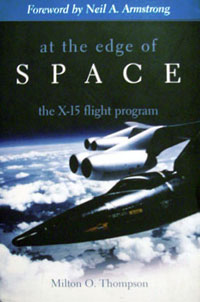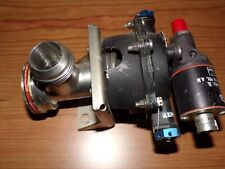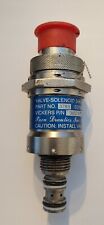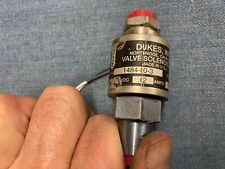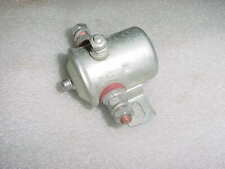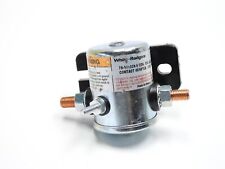Conclusion
As I mentioned, the add-ons are where Orbiter shines. If you want to know more about the mod community, go to Orbiter’s Wikipedia sitehere. You can get all sorts of historical spacecraft, including the Mercury, Gemini, and Apollo, the Ariane boosters, and all the Russian spacecraft from Sputnik to Soyuz. The screenshots in this article recreate the flight of Sputnik I in 1957, and it is one of my favorite add-ons, along with the Baikonur cosmodrome in Kazakhstan, which is another add-on. Look at the detail in the close-up shots of this SS-6 “Sapwood” / R7 former ICBM that the Russians still use as a booster today! The person that modeled this particular add-on even modeled the jets that correct the SS-6’s flight as it roars off the pad. The Project Mercury add-on is another favorite, and it recreates accurately the minute functions of the Mercury spacecraft right down to mouse-clickable 2d cockpit panels. I’ve also found one that models the dual flight of Vostok 5 and Vostok 6, which was the first woman in space, Valentina Tereshkova’s flight. If you’re a diehard realistic sim god or goddess who’s got to do everything like the real thing, have I got a mod for you. Take a look at NASSP’s “Project Apollo,” linked from the Wikipedia article. These guys have recreated the actual Apollo guidance computer, using the genuine computer language and programming itself! This not only simulates the real Apollo, it IS the real Apollo’s guidance computer! It doesn’t get more realistic than that in a simulation.
I’ve really enjoyed Orbiter, and the only place I’ve gone so far is low Earth orbit and a few attempts at a lunar intercept. If you ever wanted to see if you have The Right Stuff, give this sim a whirl and you might find a keeper.
 |
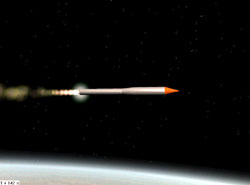 |
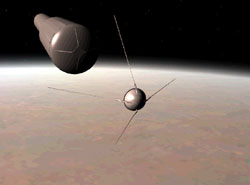 |
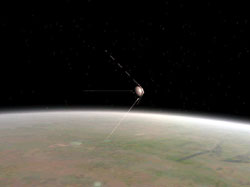 |
We want your Feedback. Please let us know what you thought of this article here.

